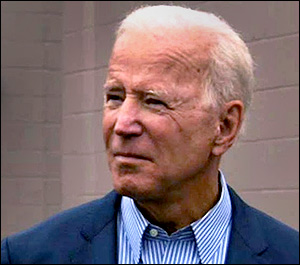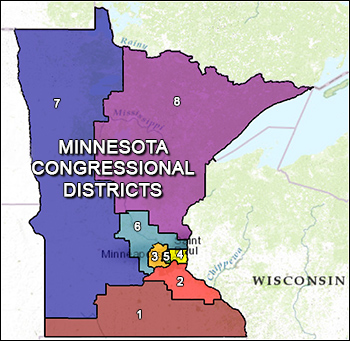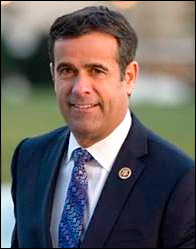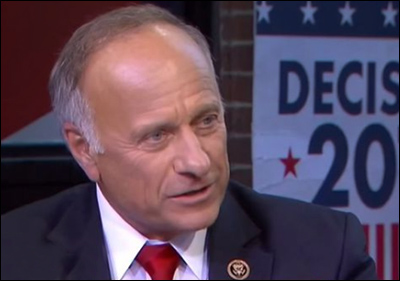By Jim Ellis
May 28, 2020 — Currently, former vice president Joe Biden is leading in virtually every battleground state poll that has been released into the public domain; but do the survey numbers tell the whole story? Other available data, that derived from actual votes being cast, suggest there may be cracks forming in his political armor.In terms of battleground states, a new Arizona poll was released Tuesday, in what could become the most important must-win domain for the Trump campaign. There, the Phoenix-based HighGround Public Affairs consulting firm publicized their latest Arizona statewide poll (May 18-22; 400 likely Arizona general election voters), and the ballot test projects Biden holding a tighter 47.0 – 45.3 percent edge over President Trump.
Though Biden leads, the trend is a clear improvement for Trump since the OH Predictive Insights poll (May 9-11; 600 likely Arizona voters) became public during mid-May and posted the former vice president to a 50-43 percent advantage. Redfield & Wilton Strategies followed with their survey release (May 10-14; 946 likely Arizona voters) that yielded a closer 45-41 percent Biden lead.
Tuesday’s HighGround survey also published some interesting secondary questions. In answering whether the respondents felt President Trump job performance was excellent, very good, or OK, the combined positive calculated to 49.5 percent. Among those believing the president’s job performance is poor or failing, the negative totaled to 49.0 percent.
Accordingly, 29.3 percent of the Arizona respondent sample believes President Trump is to blame for the spread of the coronavirus, while 20.3 percent pin the responsibility on China. All other responses: the people, federal government, Democrats, or other unnamed sources each registered less than 10 percentage points. A total of 25.3 percent say they either don’t know or believe no single source is to blame.
Over the Memorial Day weekend, the state of Hawaii hosted its Democratic presidential primary. The unique format is interesting in that there were two votes the participants cast: the first included choosing among all of the names who originally qualified for the Hawaii presidential nomination ballot. The second isolated only Biden and Sen. Bernie Sanders (I-VT). Just under 35,000 people cast mail votes in the stand-alone presidential primary.







